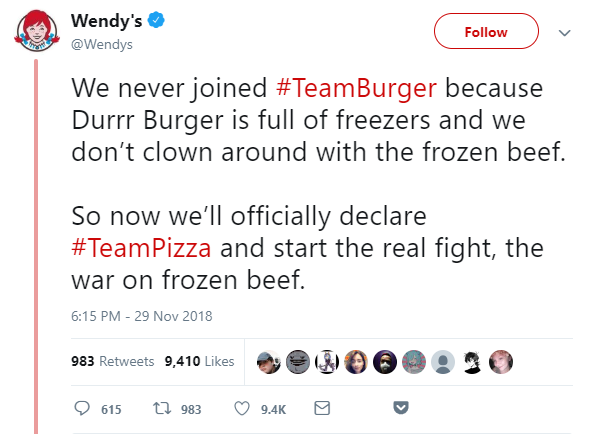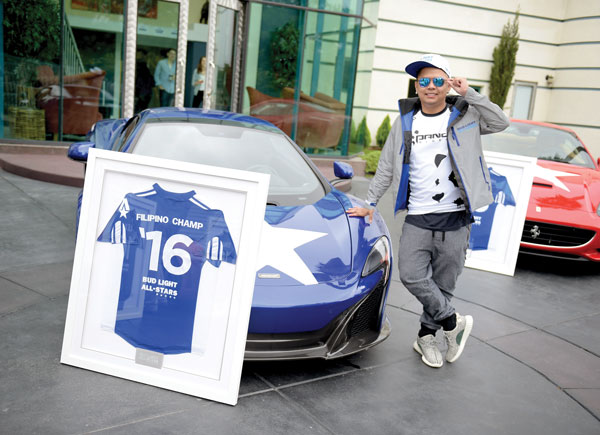DISCLAIMER: This is a guest post from Fast Web Media, who were recently partners of the ESI Spring Forum which took place in Manchester. You can read the event recap here.
At this stage, it’s unlikely that anyone is unfamiliar with the Newzoo quote ‘there are 380 million esports fans around the world.’ While this quote is anything but unimpressive, it seemingly hasn’t been enough to whet the appetite of businesses, non-endemic or otherwise. The esports industry provides a wealth of opportunities for brands, with its hyper-passionate fans and community-driven social spaces. Despite the plethora of opportunity and potential in esports for brands, many businesses have seemingly fallen short of finding an entry-point into the market.
There’s a reasonable explanation as to why marketers are hesitant to enter the esports market place, and that is the big stigma around gaming. The gaming industry has been muddied with controversies, whether it be the sexism of Gamergate, the unaccountability of influencers or notion that gamers are simply hostile. Areas of esports can be problematic, but this shouldn’t deter businesses from getting involved – the esports industry is no more troublesome than mainstream sports, perhaps even less so.
10 million people turned up to Marshmello’s Pleasant Park event

Esports communities are strong-willed and can sometimes be fickle, but this can be capitalised on by brands. With the correct approach to the esports industry, businesses can gain loyal followers, fans and customers to carry them forward. The industry deserves more credit than it’s given, and there’s truly no better time to get involved. To put it into perspective, the 53rd Super Bowl which happened earlier this month maintained 98 million viewers, a 3% decrease from 2018. The same weekend of the Super Bowl, DJ Marshmello played a ‘virtual’ set in Fortnite’s Pleasant Park to 10 million players. During one of the biggest annual sporting weekends, a performance on Fornite received over 10% of the Super Bowl’s viewership. After Christopher Comstock’s (DJ Marshmello) 10-minute Fornite performance, his YouTube gained just shy of 700,000 subscribers. Analyst Jose Arroyo observed that Comstock’s daily subscription figure ballooned 1,800% with his views per day swelling to 42.8 million from 7.8 million.
Granted, there’s always been a symbiotic relationship between music and video games – if you think back to Tony Hawk’s Underground in 2003, you might recall ‘KISS in Concert’. But that doesn’t mean that non-endemic brands can’t get involved. The American fast-food chain Wendy’s is an unlikely candidate to jump-on the esports bandwagon, but last November, the business pulled a surprising publicity stunt by piggybacking on the ‘Beef Boss vs. Tomatohead’ Fornite debate (pitting two skins against each other).
Wendy’s showed how a brand can tap into huge gaming audiences
It might’ve been a stretch – Wendy’s don’t even sell pizza – but the Tweet snowballed because there’s always this excitement when a corporate social account understands the value of humour. Within the hour, Wendy’s hosted its first live-stream on Twitch, solidifying its anti-frozen-burger agenda by inviting Fornite players to land in a certain area of the map and take part in a limited time “Food Fight” mission.

Wendy’s Twitch account quickly picked up momentum, reaching a modest 7,400 followers post-broadcast. During the 10-hour “Food Fight” stream, more than 43,500 comments were posted in the chat, an increase of 1350% on Wendy’s usual 3,000 direct Tweets per day.
Jumping on esports doesn’t have to be costly, and it’s not all about sponsorship. Running a stream on Twitch is free (minus the equipment and staff needed from an in-house point of view). Getting involved in a conversation or debate on social is completely free. While there are brands willing to invest thousands, even millions, in the industry, it doesn’t mean everyone has to. Sometimes, the more low-cost and modest involvements are best received.
Bud-Light’s attempt to enter esports seemingly failed
As Wendy’s example demonstrates, corporate esports involvement needs to be fan-first and not marketer-first. When looking to invest in an industry and new market, it’s understandable that businesses want to make a big splash and pull-out all the stops to make their mark known, but it can be so easy to lose touch with the esports community. Take Bud Light, for example, who tried (and failed) to enter the esports market. Despite being one of the biggest beer brands in the United States, and boasting well-established partners in mainstream sport, Bud Light completely missed the mark with their attempted esports debut. In May and June of 2016, Bud Light ran a promotion that asked fans to vote on which out of twenty players would become Bud Light All-Stars (a concept that wasn’t actually explained at all). The players who were chosen did some high-cost promo work, being gifted custom Bud Light All-Star cars.

Fast-forward to the present time, and Bud Light All-Stars has relaunched, although many haven’t forgotten the brand’s first attempts to connect with esports fans. The integration of non-endemic brands into esports should be seamless and humble, with a series of low-key social posts enough to lay the groundwork before more high-profile advertising and marketing begins. The esports communities thrive on authenticity, after all, the esports space has been so overshadowed and almost forgotten about by brands for such a long time, it can be insulting for corporate brands to try and dive in to make a big buck off the fans.
The statistics for esports are enthralling and the projections for the industry are enough to get any CEO giddy, but it’s crucial for businesses to stay in touch and aligned with the preexisting esports communities. Don’t try and face it alone; interact and speak with experienced esports marketers and businesses before diving head-first in. A more timely entry into the scene will, in the long run, reap more success than a one-off campaign to haemorrhage money in to. After all, you’ve got to walk before you can run.
This is a guest post by Poppy Ingham, who is a Social Media Manager at Fast Web Media, a digital marketing agency based in Manchester.
Any questions about esports related marketing or advertising? Reach out to Poppy and the Fast Web Media team HERE.

